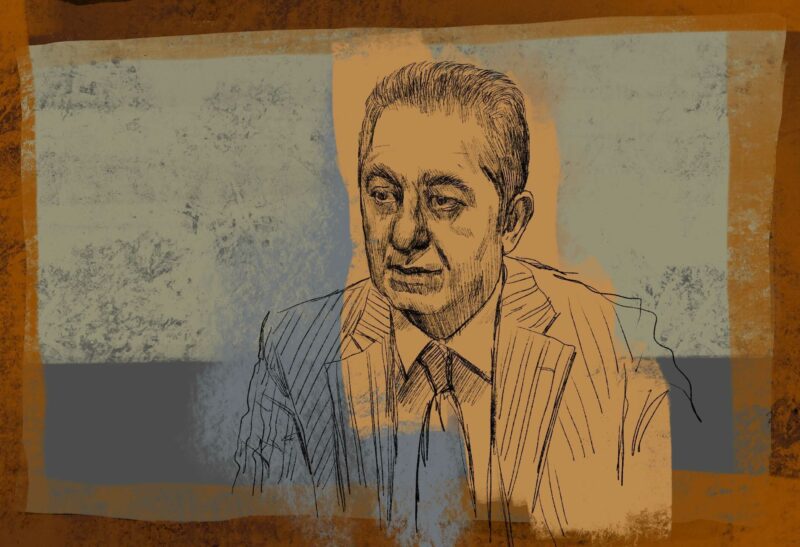Women on the Azerbaijani Olympic team in Rio were vastly under-represented, and made for less than 25% of the Azerbaijani delegation. Moreover, of the team’s 14 female members, only 3 were native Azerbaijanis. In Soviet times, women were better represented in sport, and their participation was encouraged. But 25 years after independence, the representation of women in Azerbaijani sport has vastly decreased. What has contributed to this gender disbalance?
A Meydan TV correspondent looked into this question to learn more.
According to the State Statistical Committee of the Republic of Azerbaijan, in a report titled,
Distribution of persons engaged in separate types of sport
, women make up for less than 25% of those who reported regularly practicing or engaging in sporting activities.
Partially responsible for the gender disbalance in sport is the resurgence of Islam after the fall of the Soviet Union and families’ fears that revealing clothing associated with sport is shameful and indecent.
Gymnastics coach Melahet Rahimova says that nowadays, families are willing to have their daughters practice gymnastics only up to a certain age. “They tell us: ‘She’s young now, and doesn’t wear a hijab, so she can practice. But once she’s 12, well, she’ll have to have her head covered, you see. . .”
Rahimova said that in Soviet times, girls were encouraged to participate in sport, but in the 1990s, the situation radically changed:
“Refugee families from Karabakh coming to the capital were loathe to give their children to gymnastics. They complained about the “revealing and bold” nature of the clothing, which they wanted to be longer and more closed – up. We tried explaining to them that this is sport, and that they shouldn’t look at it as a question of conservatism or decency. But they wouldn’t listen. Moreover, girls’ participation in sport decreased because of massive emigration from the country occurred in the country’s Russian and Jewish populations, who had formerly been very involved in the sport.”
The divide runs tangentially to language, as well. Rahimova said that the majority of her students speak Russian at home – as much as 80% of them: “Only 20 – 30% of my students don’t speak Russian at home. That is, in their families, they have no influence from Russia, whatsoever.”
According to a former Azerbaijani volleyball champion who preferred to remain anonymous, gender stereotypes about work roles have also been a factor in the diminishing of women’s presence in sport.
“Parents wonder, ’What will other parents say? What about the neighbors? Girls must be doctors, teachers – not athletes!’ Azerbaijani families are so concerned with their children’s financial futures that they forget to consider ‘other’ futures. My family knew that the discipline and attention given to me while practicing sport was impossible to find anywhere else at the time. Volleyball developed my character, my will, my ability to succeed and my taste for victory. But some Azerbaijani parents don’t understand the formative role that sport can play in the formation of personality and character.”
There’s one other factor that has played a role in the decreased participation of women in Azerbaijani sport.
Metanet Azizova, head of the Women’s Crisis Center in Baku, says that in the first decade following Azerbaijan’s independence, interest in martial arts surged among women. Karate, for example, had been formerly a forbidden sport under the Soviet Union, but it became massively popular upon independence.
“Fighting sports massively attracted the attention of women, who felt a sort of, ’wind of freedom.’ They wanted to send a message to society: ‘We’re free, strong, and can defend ourselves.’ They rode the wave of articles, television shows and films that came out about female sportswomen. Famous judoka, Zulfiyye Huseynova, inspired many women to get interested in the sport.”
But according to Azizova, the interest drawn to questions of women’s place in society ultimately worked against them
.
As the image of women became increasingly one of strength, ability and empowerment, society lashed out against this development.
“Women’s rights became a taboo topic, and this affected sport, too. Society lashed out against women’s upward movement, and this situation has continued through tto today. Even in schools, teachers are pressured not to let boys and girls mix during physical education classes. Some forbid their girls from even attending these classes. Unfortunately, schools allow for this. And now girls sit in class while boys play football. Girls have been totally sidelined from physicality.”



